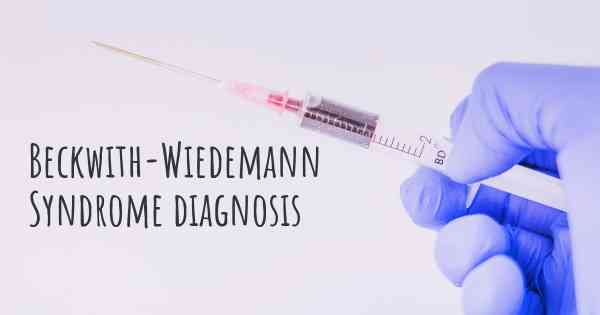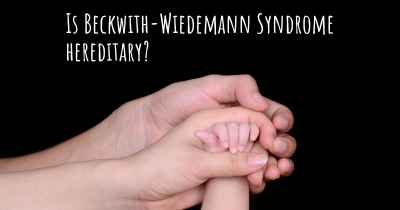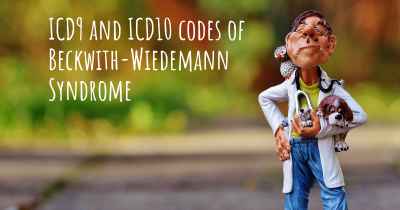How is Beckwith-Wiedemann Syndrome diagnosed?
See how Beckwith-Wiedemann Syndrome is diagnosed. Which specialists are essential to meet, what tests are needed and other useful information for the diagnosis of Beckwith-Wiedemann Syndrome

Diagnosing Beckwith-Wiedemann Syndrome
Beckwith-Wiedemann Syndrome (BWS) is a rare genetic disorder that affects various parts of the body. It is typically diagnosed based on a combination of clinical features, physical examination, and genetic testing.
Clinical Features
One of the key steps in diagnosing BWS is recognizing the characteristic clinical features associated with the syndrome. These features can vary from person to person, but some common signs include:
- Macroglossia: Enlarged tongue that may protrude from the mouth
- Visceromegaly: Enlargement of abdominal organs such as the liver, kidneys, or pancreas
- Omphalocele: A birth defect where the abdominal organs protrude through the belly button
- Hemihypertrophy: Asymmetrical overgrowth of one side of the body
- Hypoglycemia: Low blood sugar levels in newborns
- Ear creases or pits: Indentations or small holes in the earlobes
- Neonatal hypotonia: Weak muscle tone in infancy
Physical Examination
During a physical examination, a healthcare professional will carefully assess the individual for any signs or symptoms of BWS. This may involve measuring the size of the tongue, palpating the abdomen for organ enlargement, and evaluating other physical characteristics associated with the syndrome.
Genetic Testing
Genetic testing plays a crucial role in confirming the diagnosis of Beckwith-Wiedemann Syndrome. It helps identify specific genetic abnormalities that are known to cause the syndrome. The most common genetic alteration associated with BWS is a change in a region of DNA called the imprinted 11p15.5 region.
There are different types of genetic tests that can be performed to detect these alterations:
- Methylation analysis: This test examines the pattern of chemical tags (methyl groups) on the DNA in the imprinted region. Abnormal methylation patterns can indicate the presence of BWS.
- Chromosome analysis: This test evaluates the structure and number of chromosomes in a person's cells. It helps rule out other genetic conditions that may have similar features to BWS.
- Fluorescence in situ hybridization (FISH): FISH is a technique that uses fluorescent probes to visualize specific regions of DNA. It can be used to detect certain genetic abnormalities associated with BWS.
- Next-generation sequencing (NGS): NGS is a powerful genetic testing method that can analyze multiple genes simultaneously. It can be used to identify rare genetic variants that may cause BWS.
Other Diagnostic Considerations
It is important to note that the diagnosis of BWS is not solely based on genetic testing. Clinical evaluation and physical examination are crucial components of the diagnostic process. Additionally, genetic testing may not always identify the specific genetic alteration responsible for BWS in every individual.
In some cases, a diagnosis of BWS may be suspected even without genetic confirmation if the clinical features strongly indicate the syndrome. However, genetic testing is recommended to provide a definitive diagnosis and to help determine the risk of BWS recurrence in families.
Conclusion
Diagnosing Beckwith-Wiedemann Syndrome involves a comprehensive approach that combines clinical evaluation, physical examination, and genetic testing. Recognizing the characteristic features of BWS is crucial in identifying individuals who may be affected by the syndrome. Genetic testing, particularly methylation analysis and other techniques, helps confirm the diagnosis and detect specific genetic alterations associated with BWS. It is important to consult with healthcare professionals experienced in genetic disorders to ensure accurate diagnosis and appropriate management of individuals with BWS.
Posted Jan 20, 2020 by DMSmith 1550
Posted May 22, 2017 by Marcelo 750








